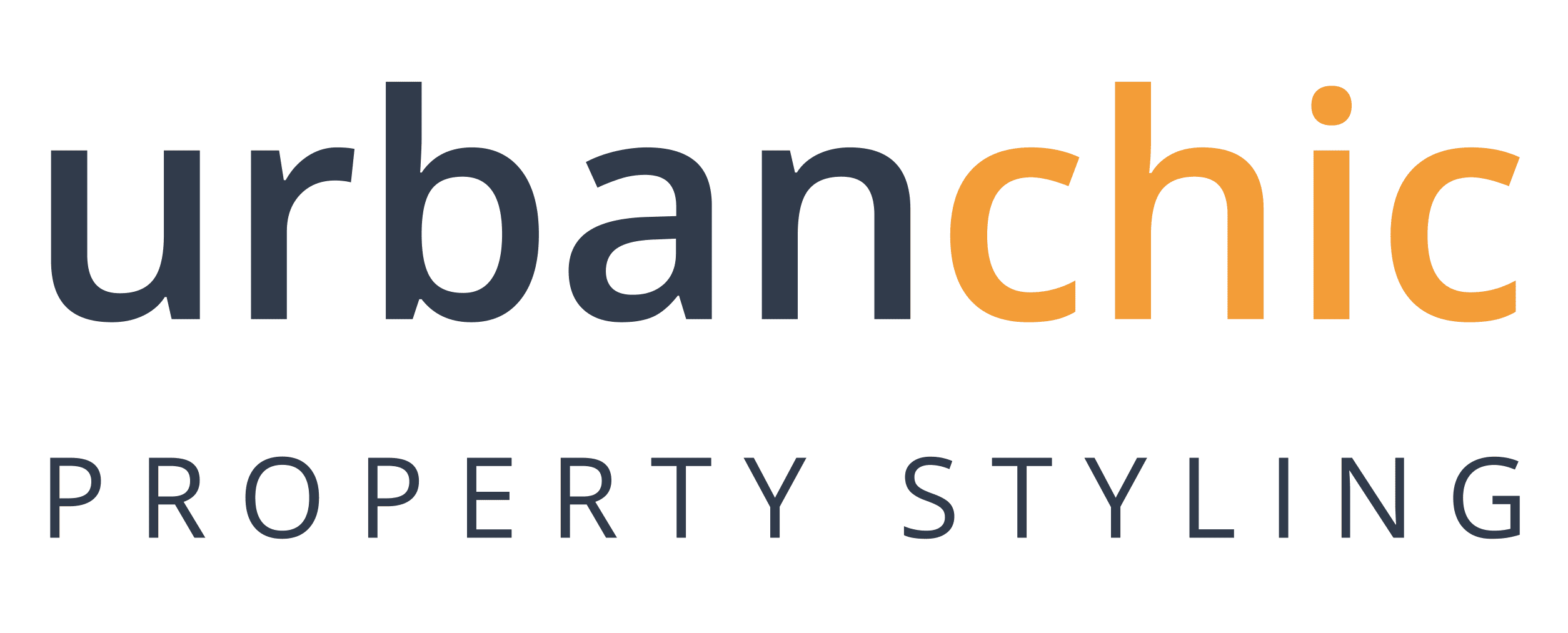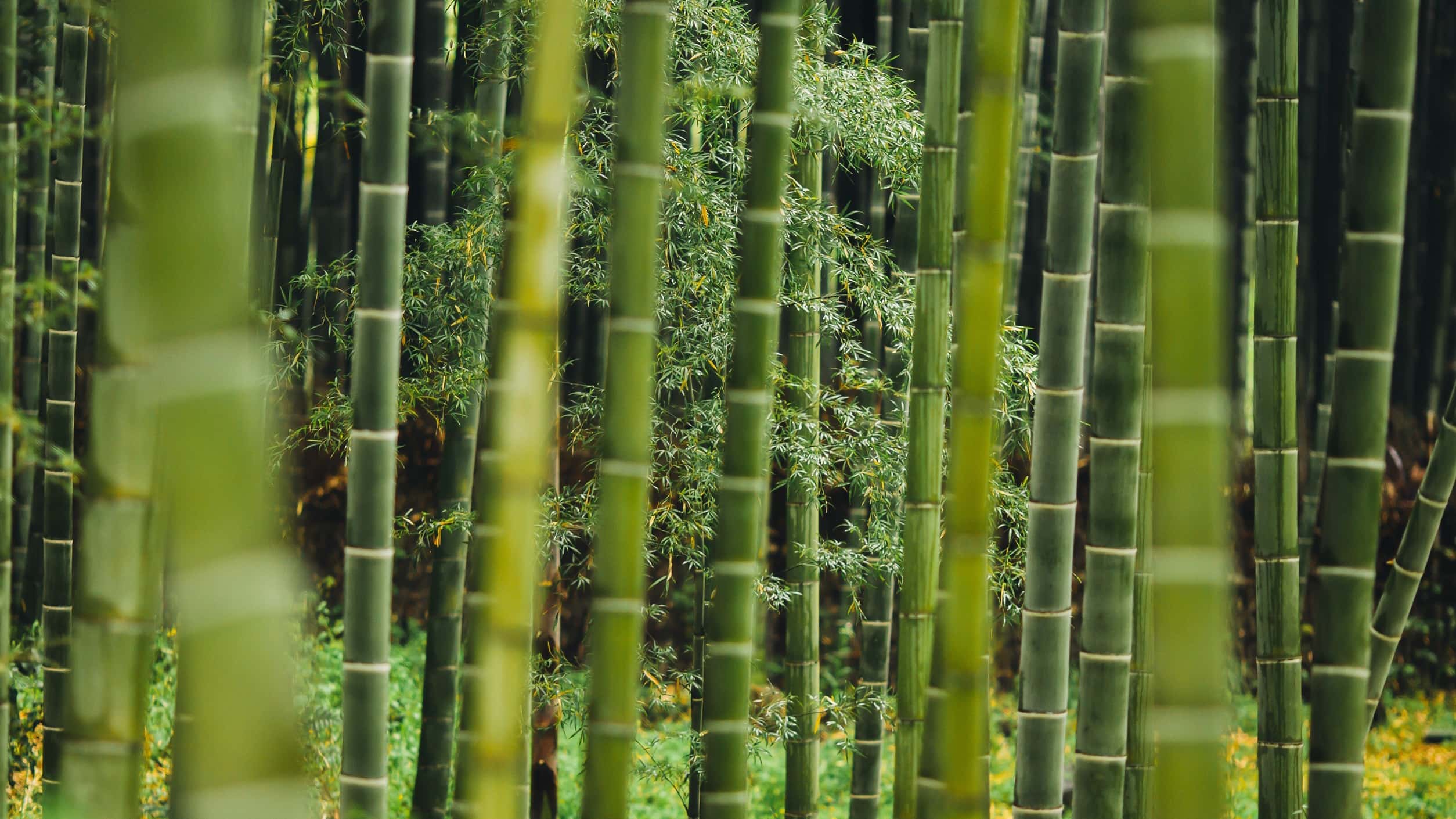In the discussion of flooring materials, we should not fail to discuss versatile, sustainable bamboo flooring. Bamboo is a grass and, if you’ve ever had to remove a hearty stand of the stuff, you know that the root system is extensive and tough to kill. Because it’s so tenacious, bamboo is ideal stuff from which wonderful flooring can be created. It’s tough and it’s plentiful. According to house stylists Sydney, this makes bamboo flooring extremely popular among the millennial buyers whose environmental bent makes them lean towards planet-friendly materials.
Similar to the laminate floors we’ve discussed previously, ‘floating’ bamboo flooring snaps together and can be installed over just about any subfloor, including concrete.
All bamboo flooring is engineered. This simply means that the raw bamboo is made into strips or pulp, then pressed together into boards. The word ‘floating’ refers to the fact that the boards connect to each other and are not stuck to the subfloor below by way of nails or screws.
Other considerations that make floating bamboo flooring a great choice include its ability to expand and contract with changes in temperature and/or humidity changes. Because the boards cling to each other, and not the subfloor, they can more easily deal with changes caused by heat and humidity. It should be said, however, that like any other natural product, bamboo can warp in the face of standing water over time.
Bamboo flooring comes in a variety of colours, according to our house stylists Sydney specialists. The lighter the colour of the material, the more durable it will be. This is because the darkening happens when the material is subjected to high heat and pressure through a process called carbonisation. This process can weaken the material, leaving the flooring with the characteristics of soft wood, subject to dings, dents, and scratches. On the other hand, bamboo will readily accept coloured stains that can be topped with a protective coating.
This flooring option offers three types of what we might call ‘grain’ in natural wood flooring. Bamboo comes in horizontal, vertical, or strand woven appearance, referring to the way the slices of bamboo are laminated and bound together:
• Horizontal: In this joining process, strips of bamboo are laid beside each other and then atop one another in order to build the board. The resulting board, when installed, will have fewer joint lines and show more of the natural bamboo characteristics.
• Vertical: The slices of bamboo in this treatment are sandwiched vertically, leaving more joints and a less natural look.
• Strand Woven: In this technique, the bamboo is shredded and then compressed together again. This treatment will result in the fewest joints and gives a more natural effect to the finished product.
Another consideration when purchasing bamboo flooring is the quality of the protective layer. Protection from the sun’s ultra violet light is a feature that can influence the cost of your flooring, as is the number of protective waterproofing coatings applied. Before you buy, ask your flooring specialist if your floorboards have been coated on all sides with at least six layers of protection from moisture to prevent damage in the future.
Bamboo flooring is beautiful, sustainable, and easy to install. With natural flooring high on the list of ‘must haves’ your potential buyers want, bamboo flooring is potentially a very good investment indeed. Our house stylists Sydney, who observe the market daily, will tell you that if you are able to install natural flooring, your home sale will be that much sweeter in the end. Bamboo flooring is one great way to accomplish that goal.




